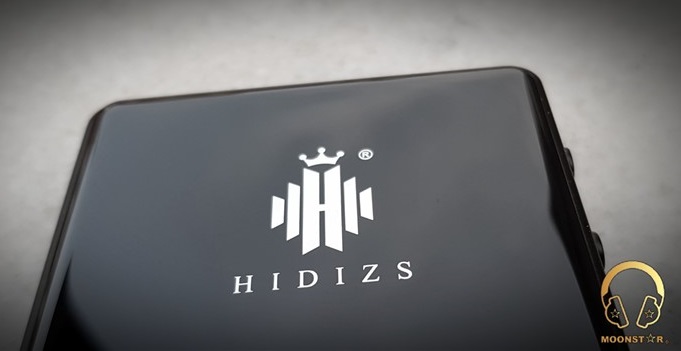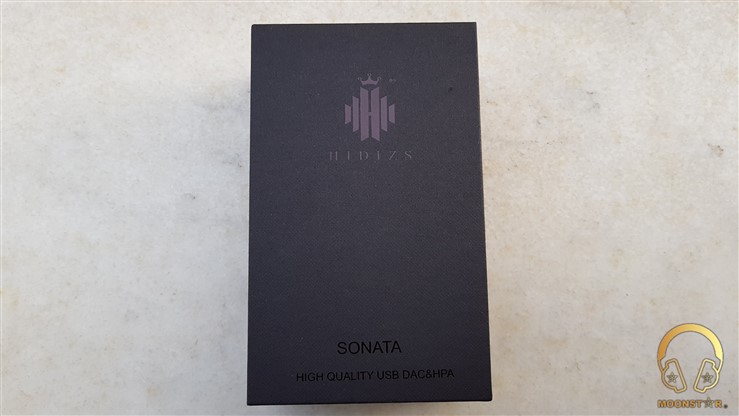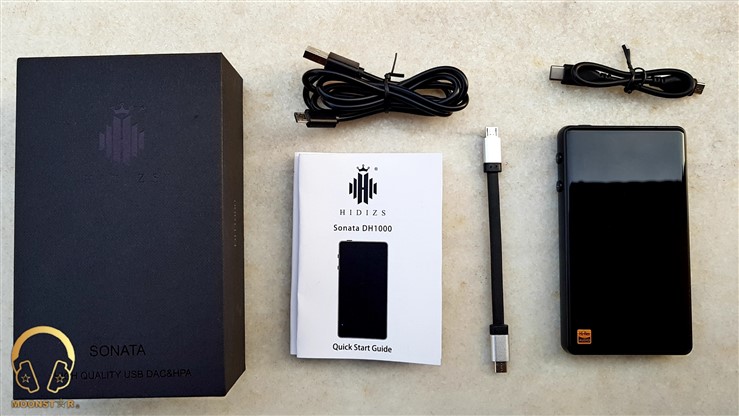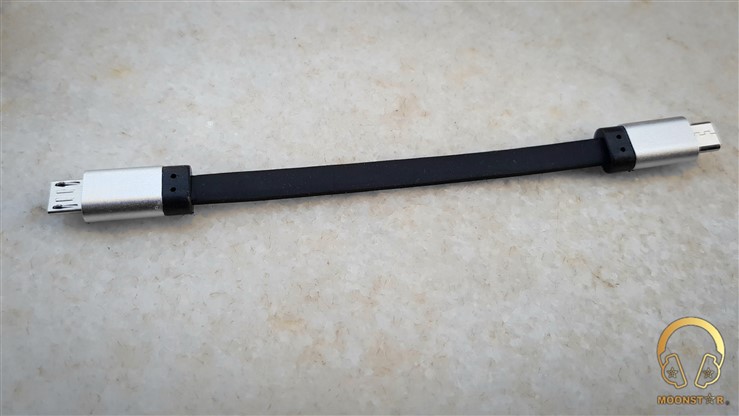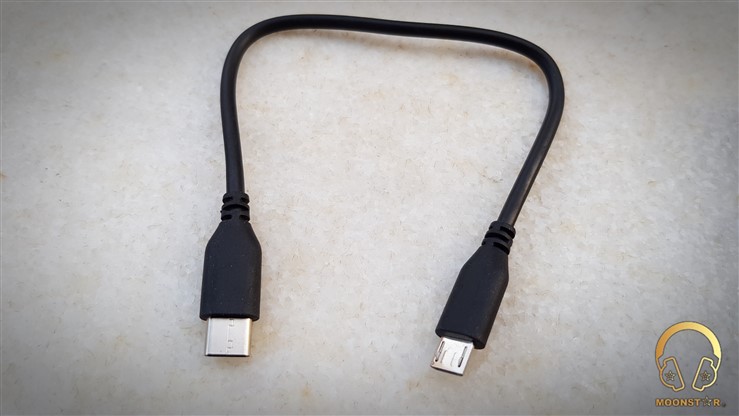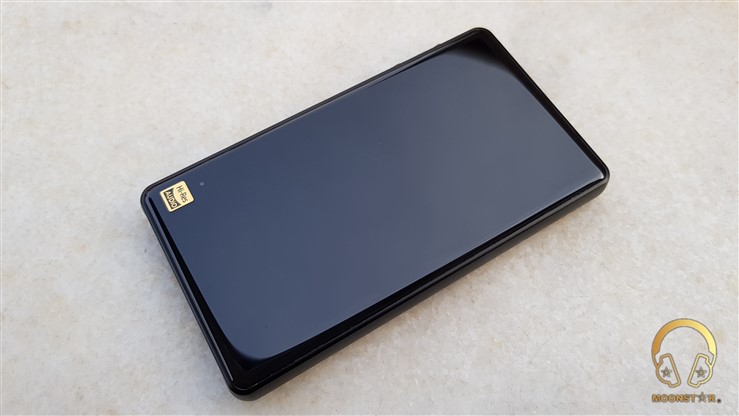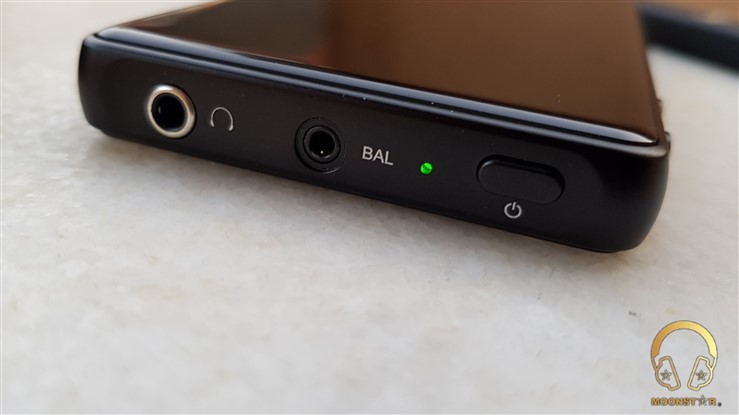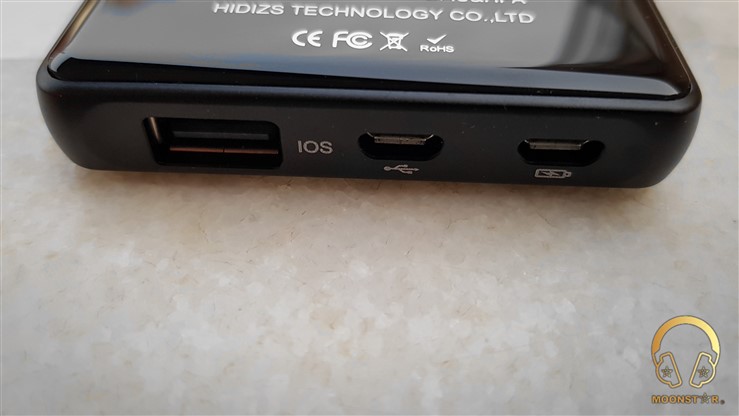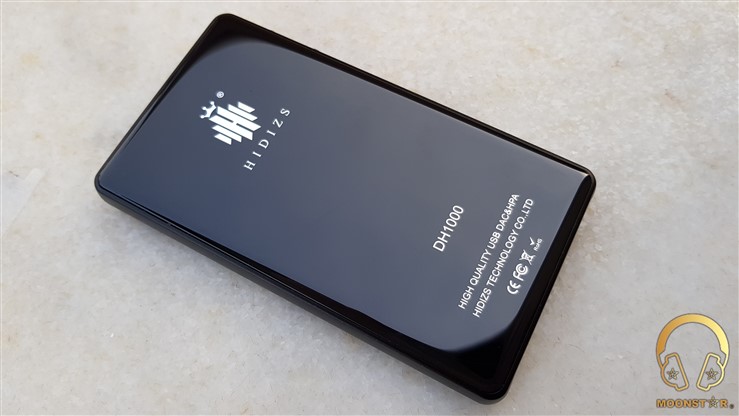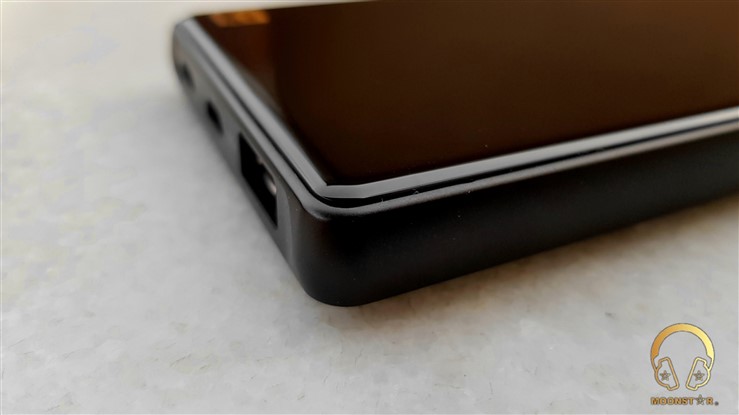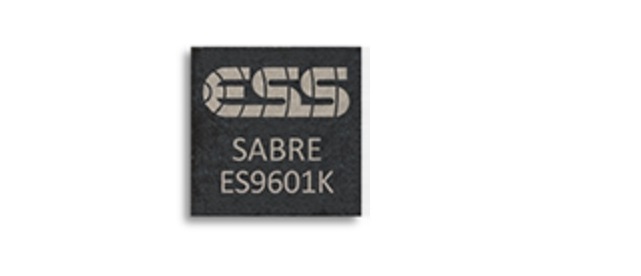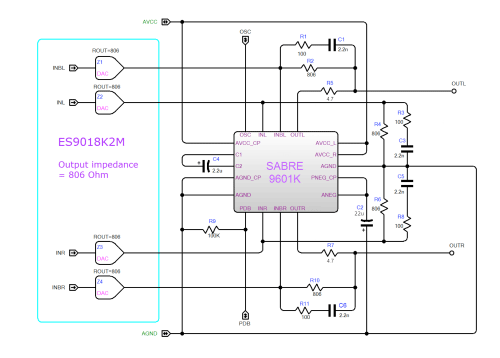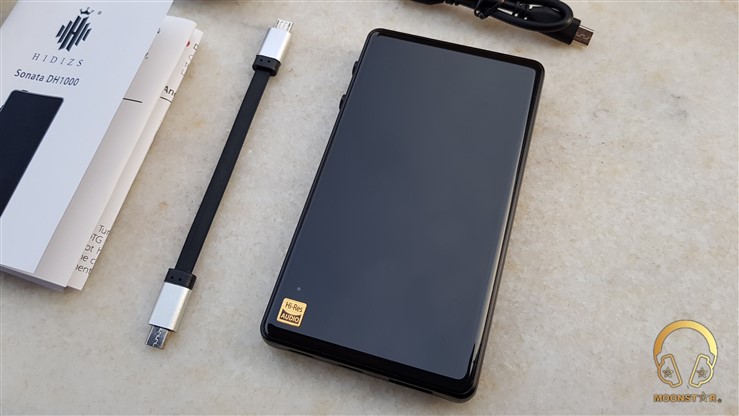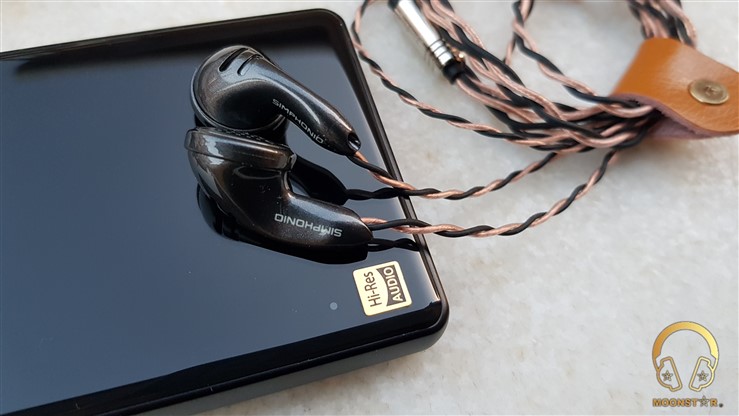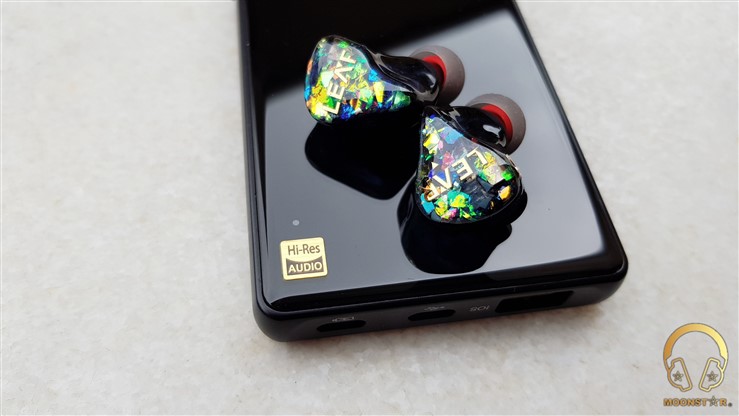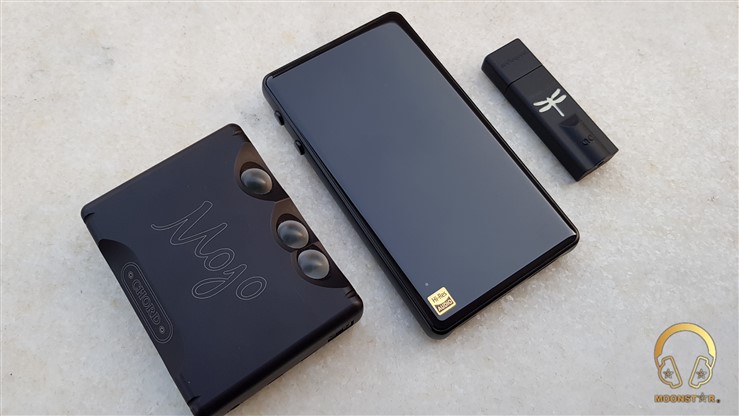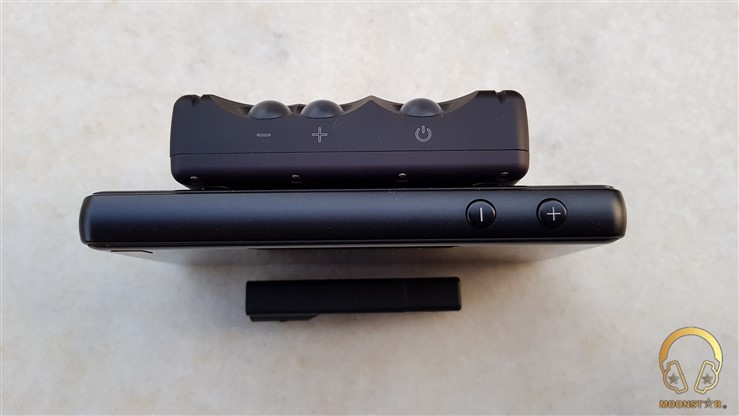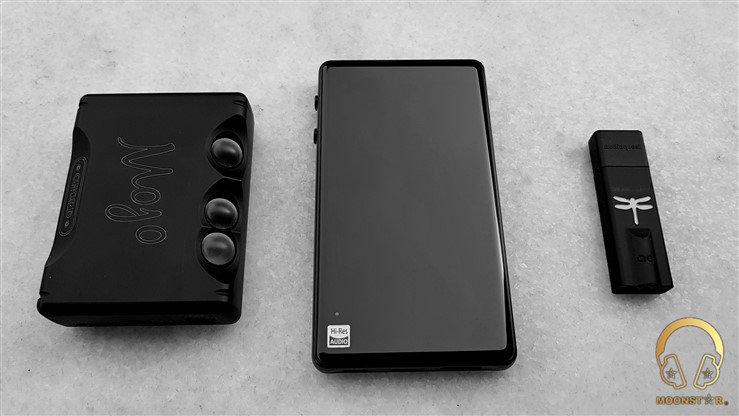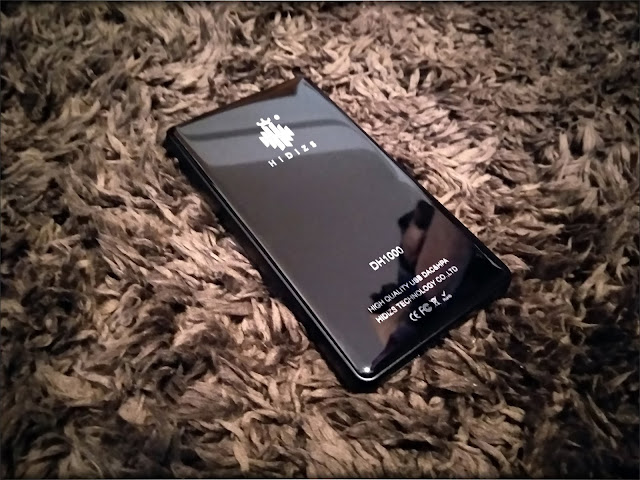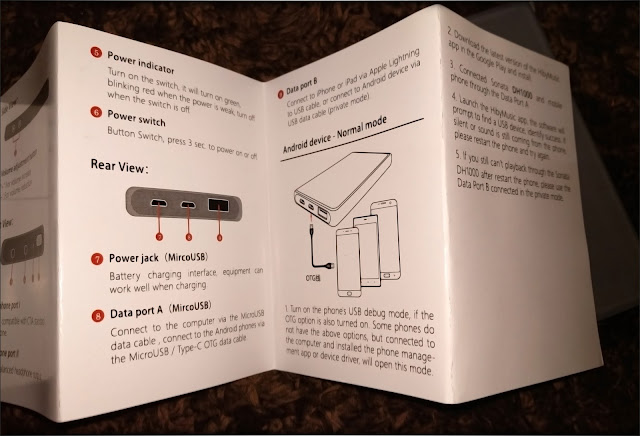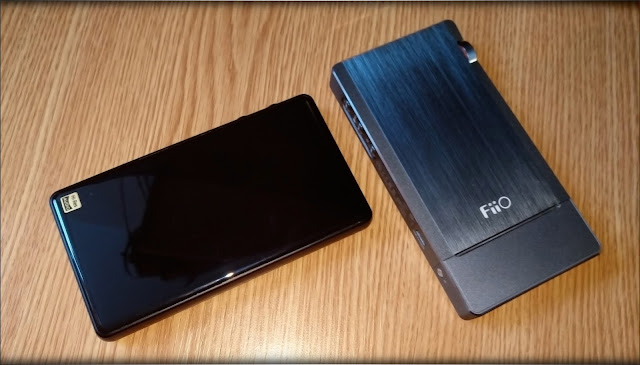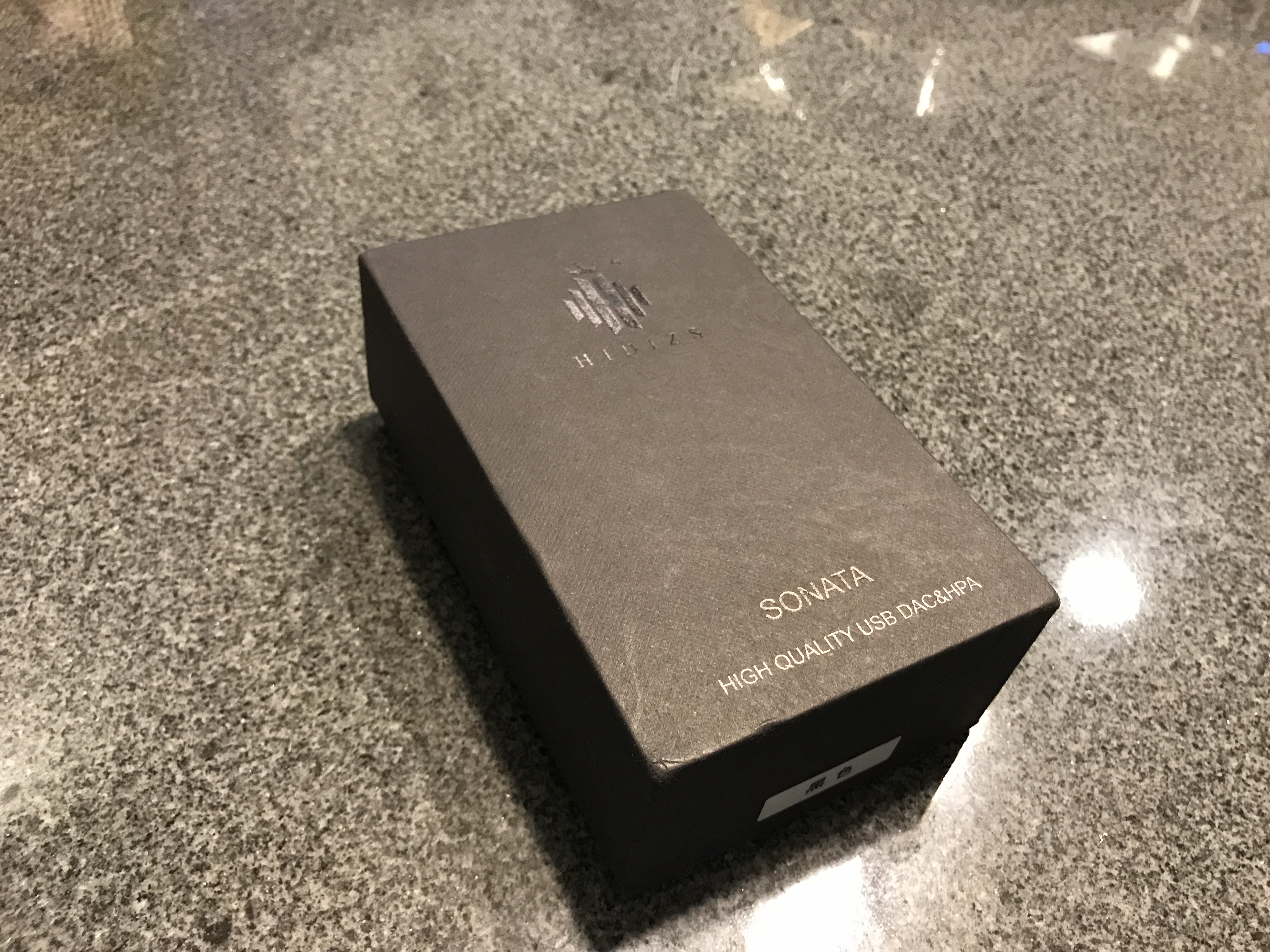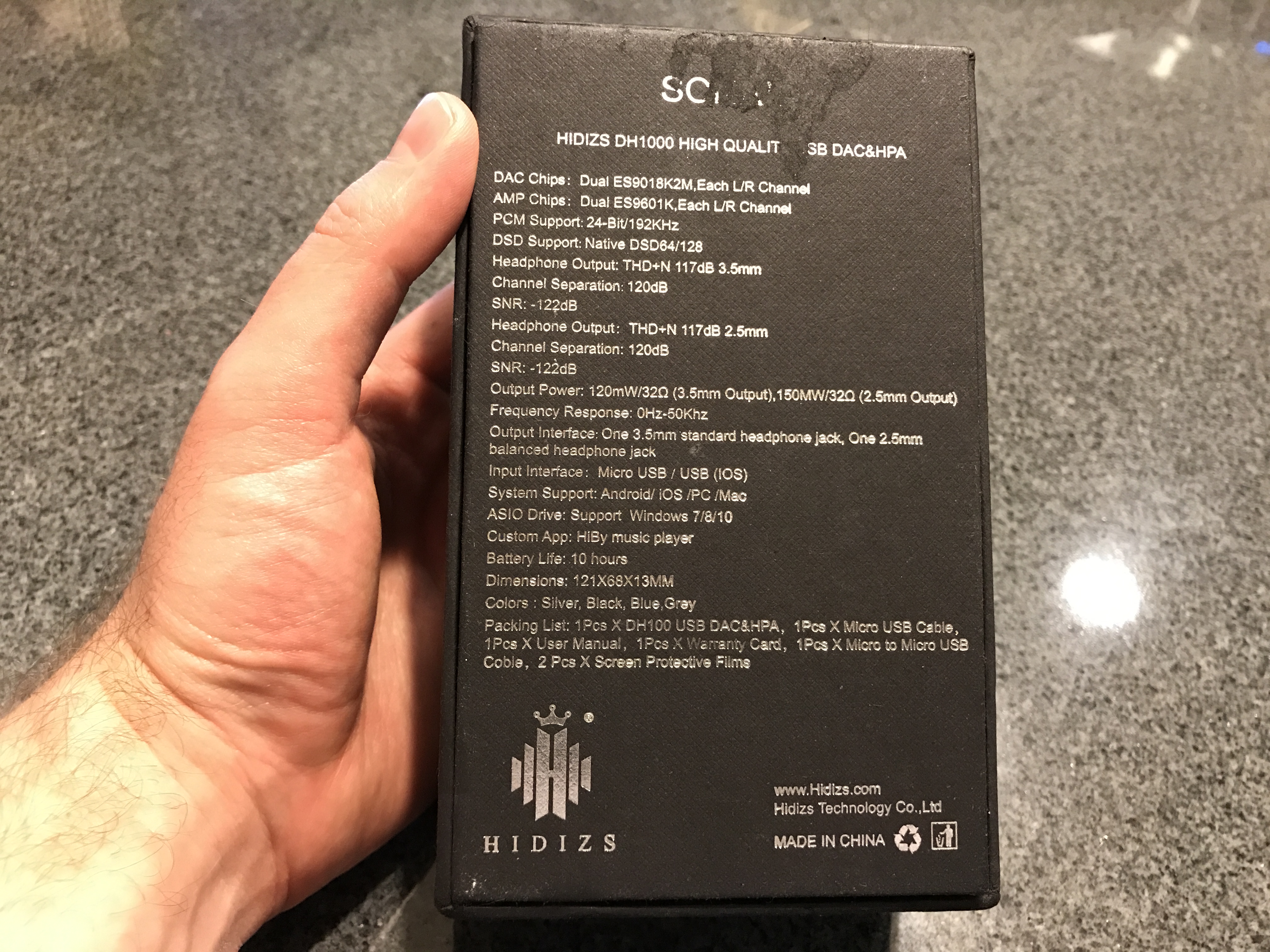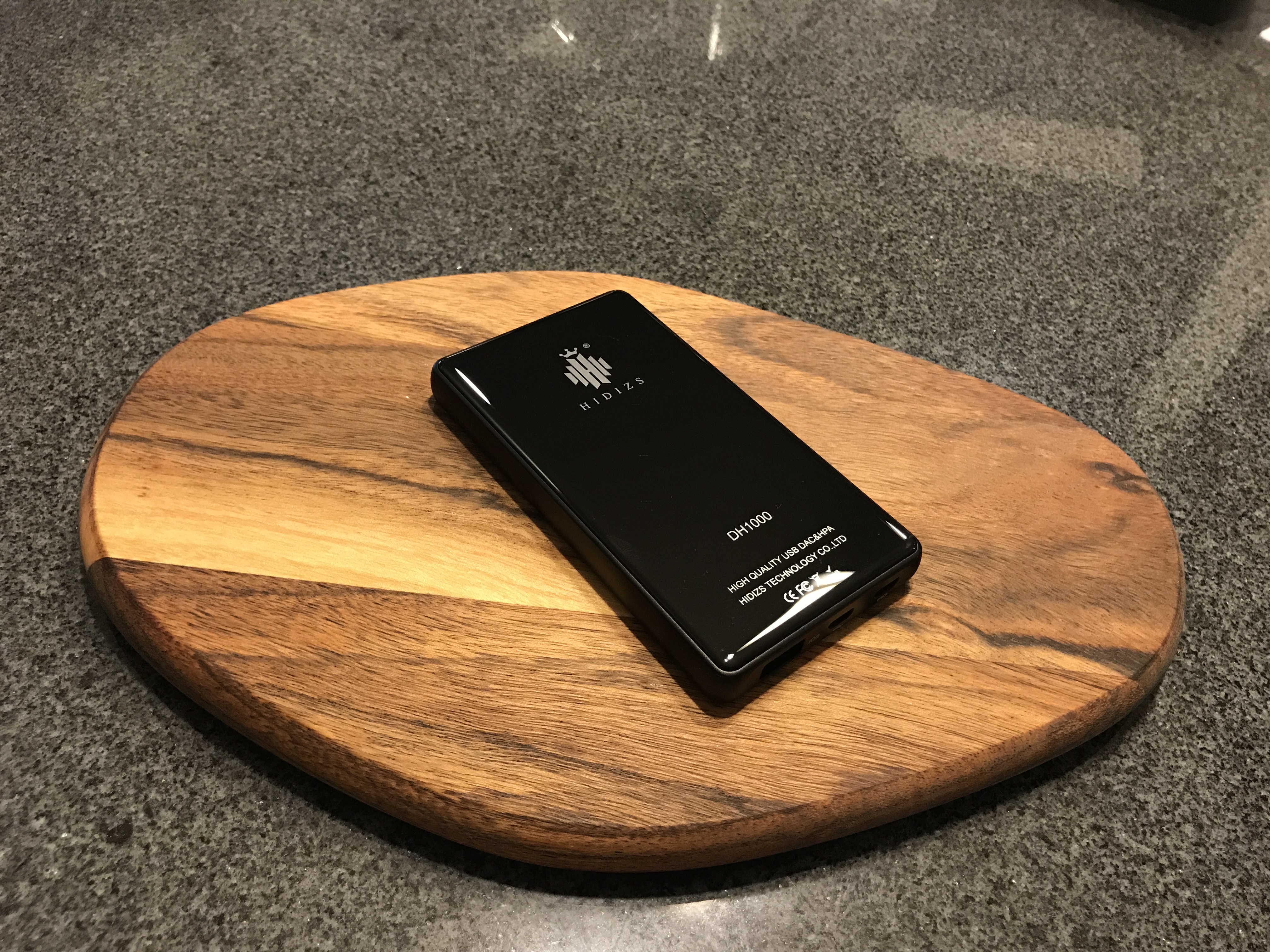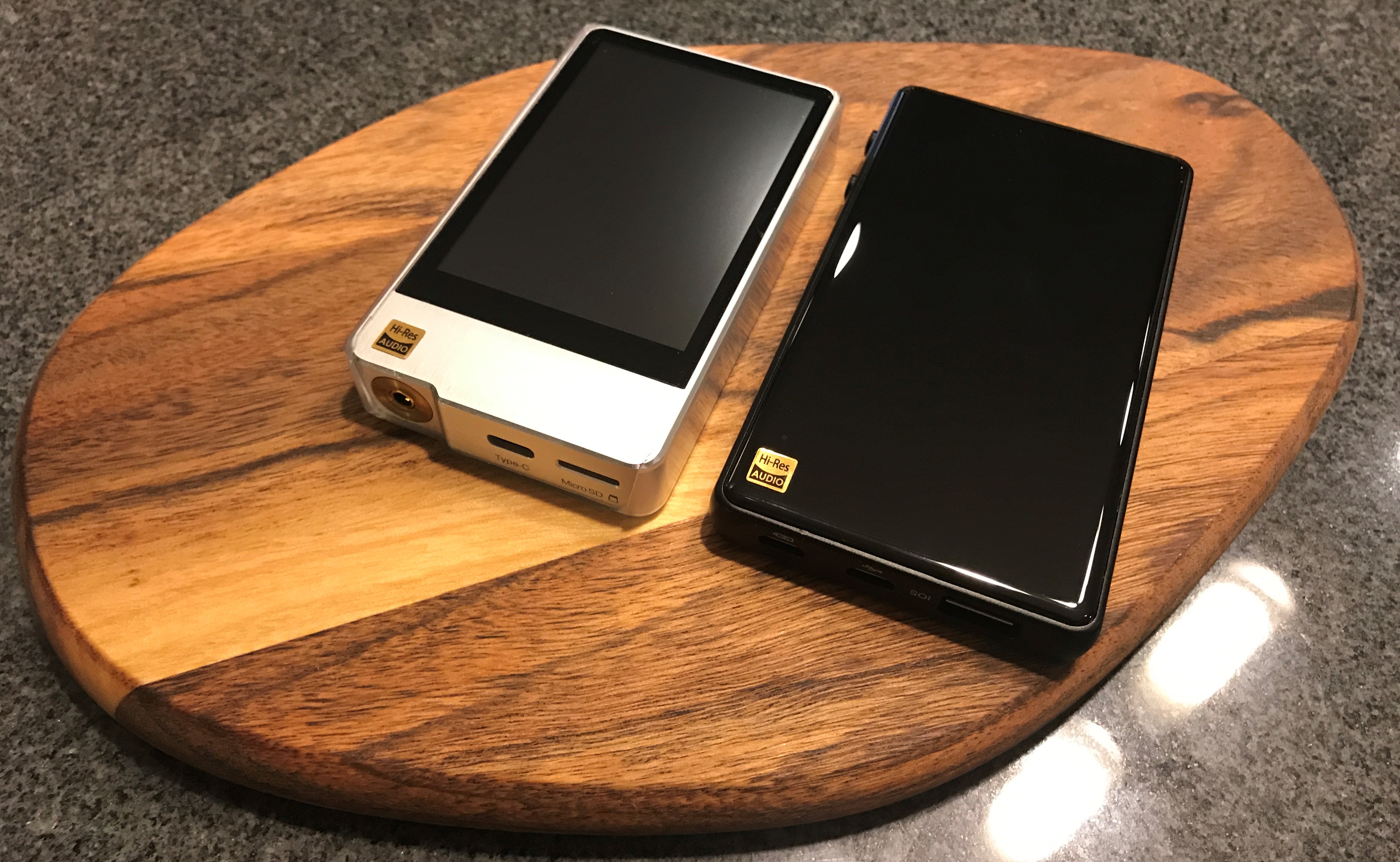Hidizs DH1000 DAC/Amp Review
Introduction:
DAC/Amp solutions are not as common as DAPs, but there is a market for them because of their versatility and compatibility, giving you a high resolution listening experience across different devices, be it from your mobile phone, laptop, or tablet. Since many stream their music out of convenience, this is an optimal solution without trading off sound quality.
For technical specifications and details about the device, hop over here: https://www.hidizs.net/products/dh1000
I suspect that for many audiophiles, the DH1000 presents a product in a category that best fits a use-case scenario where it is a portable/transportable secondary DAC/amp setup e.g. for the office or when travelling overseas, where it is not possible to lug your desktop setup, with great convenience and portability trading off a little for ultimate sound quality.
With that said, the sound of the DH1000 is superb at its price point, and is atypical of a Sabre DACs. The people at Hidizs have tuned this in a very coherent and organic way, and there is no treble stridency or harshness that is commonly associated with ESS Sabre DACs. More on the sound later.
What I like about the device:
1) It is slim and pocketable, about the size of a portable hard disk drive or portable battery charger. One can easily slip it into a messenger sling, backpack or work briefcase. The fact that it looks good is a bonus.
2) It offers you two connections, the more common 3.5mm unbalanced connection, as well as the 2.5mm balanced connection that Astell and Kern and other audio companies have adopted for their products. I personally find that the 2.5mm balanced connection provides a little more drive and resolution that is a notch higher than the regular 3.5mm.
3) It comes bundled with a few cables that allows you to connect to most major sources that run out of USB-C or the previous micro-USB connections. It is literally plug and play, which is lovely and fuss-free for the end user.
Some cons:
1) It’s a fingerprint magnet (with glass sides). I have given up trying to clean it.
2) Could use a nice carry case. I currently carry it in a soft phone case from the budget store.
Sound:
Bass has solid extension down low, and rumble in the sub-bass regions. Midbass hits with impact, with a decay that is not too slow to be draggy but not too quick to lose slam. In spite of this, there is no overdone bloom or bleed into the mids, exhibiting a good sense of control. Going up into the midrange, one perceives fullness and notes have proper weight, yet retains articulacy and clarity. Vocals cut through the mix easily, making vocal lines easily discernible and emotive. Treble is nowhere near harsh and free of sibilance, one that is very well tuned and easy on the ears, however still possessing speed and correct timbre/decay. There is a naturalness to the notes and the way instruments and voices sound, a result of masterful tuning of the dual DAC chips. I would say also that it makes for hours of fatigue free listening, which is important for me.
Staging is not the widest nor deepest, but extends comfortably outwards from your headspace in all axes. For a product at this price point however, I think it is already operating at the best in its class for technicalities. There is a small sphere of sound around the head that forms, creating sufficient air and space around and between instruments. It is easy to follow instrumental lines even in complex arrangements. Imaging is terrific, and one can pinpoint instrument placements with ease within the stage. Voices tend to be centred and presented in front of the listener, lending itself to a very immersive listening experience.
The major difference between the two output options is that generally speaking, the 2.5mm output provides a larger stage with a greater sense of dynamic range and drive, where in comparison the 3.5mm would sound slightly more congested and having a weaker contrast of dynamics. Thus, I would strongly recommend getting cables/IEMs that have a 2.5mm connection to maximise the sound quality you can get out of the DH1000.
Sources:
Macbook Air 13 inch 2015
Google Pixel 3
IEMs/Earbuds:
Venture Electronics (VE) Monks (Cappuccino 2.5mm)
Venture Electronics (VE) Zen 2 (2.5mm)
Kinera Sif (3.5mm)
JVC FD-01 (predecessor of Drop/JVC FD-X1) (3.5mm)
Final comments:
Being familiar with some of my IEMs and how they sound like tonally, I can conclude that as a DAC/amp it plays wonderfully with a wide variety of earphones, giving you a clean and musical sound, with a fabulous treble tuning that gels with almost any earphone. As far as sonics are concerned, at its price range the DH1000 presents superb value for its performance, and offers a plethora of connections that anyone would need.
Introduction:
DAC/Amp solutions are not as common as DAPs, but there is a market for them because of their versatility and compatibility, giving you a high resolution listening experience across different devices, be it from your mobile phone, laptop, or tablet. Since many stream their music out of convenience, this is an optimal solution without trading off sound quality.
For technical specifications and details about the device, hop over here: https://www.hidizs.net/products/dh1000
I suspect that for many audiophiles, the DH1000 presents a product in a category that best fits a use-case scenario where it is a portable/transportable secondary DAC/amp setup e.g. for the office or when travelling overseas, where it is not possible to lug your desktop setup, with great convenience and portability trading off a little for ultimate sound quality.
With that said, the sound of the DH1000 is superb at its price point, and is atypical of a Sabre DACs. The people at Hidizs have tuned this in a very coherent and organic way, and there is no treble stridency or harshness that is commonly associated with ESS Sabre DACs. More on the sound later.
What I like about the device:
1) It is slim and pocketable, about the size of a portable hard disk drive or portable battery charger. One can easily slip it into a messenger sling, backpack or work briefcase. The fact that it looks good is a bonus.
2) It offers you two connections, the more common 3.5mm unbalanced connection, as well as the 2.5mm balanced connection that Astell and Kern and other audio companies have adopted for their products. I personally find that the 2.5mm balanced connection provides a little more drive and resolution that is a notch higher than the regular 3.5mm.
3) It comes bundled with a few cables that allows you to connect to most major sources that run out of USB-C or the previous micro-USB connections. It is literally plug and play, which is lovely and fuss-free for the end user.
Some cons:
1) It’s a fingerprint magnet (with glass sides). I have given up trying to clean it.
2) Could use a nice carry case. I currently carry it in a soft phone case from the budget store.
Sound:
Bass has solid extension down low, and rumble in the sub-bass regions. Midbass hits with impact, with a decay that is not too slow to be draggy but not too quick to lose slam. In spite of this, there is no overdone bloom or bleed into the mids, exhibiting a good sense of control. Going up into the midrange, one perceives fullness and notes have proper weight, yet retains articulacy and clarity. Vocals cut through the mix easily, making vocal lines easily discernible and emotive. Treble is nowhere near harsh and free of sibilance, one that is very well tuned and easy on the ears, however still possessing speed and correct timbre/decay. There is a naturalness to the notes and the way instruments and voices sound, a result of masterful tuning of the dual DAC chips. I would say also that it makes for hours of fatigue free listening, which is important for me.
Staging is not the widest nor deepest, but extends comfortably outwards from your headspace in all axes. For a product at this price point however, I think it is already operating at the best in its class for technicalities. There is a small sphere of sound around the head that forms, creating sufficient air and space around and between instruments. It is easy to follow instrumental lines even in complex arrangements. Imaging is terrific, and one can pinpoint instrument placements with ease within the stage. Voices tend to be centred and presented in front of the listener, lending itself to a very immersive listening experience.
The major difference between the two output options is that generally speaking, the 2.5mm output provides a larger stage with a greater sense of dynamic range and drive, where in comparison the 3.5mm would sound slightly more congested and having a weaker contrast of dynamics. Thus, I would strongly recommend getting cables/IEMs that have a 2.5mm connection to maximise the sound quality you can get out of the DH1000.
Sources:
Macbook Air 13 inch 2015
Google Pixel 3
IEMs/Earbuds:
Venture Electronics (VE) Monks (Cappuccino 2.5mm)
Venture Electronics (VE) Zen 2 (2.5mm)
Kinera Sif (3.5mm)
JVC FD-01 (predecessor of Drop/JVC FD-X1) (3.5mm)
Final comments:
Being familiar with some of my IEMs and how they sound like tonally, I can conclude that as a DAC/amp it plays wonderfully with a wide variety of earphones, giving you a clean and musical sound, with a fabulous treble tuning that gels with almost any earphone. As far as sonics are concerned, at its price range the DH1000 presents superb value for its performance, and offers a plethora of connections that anyone would need.

